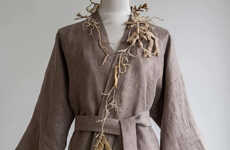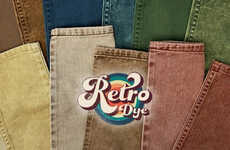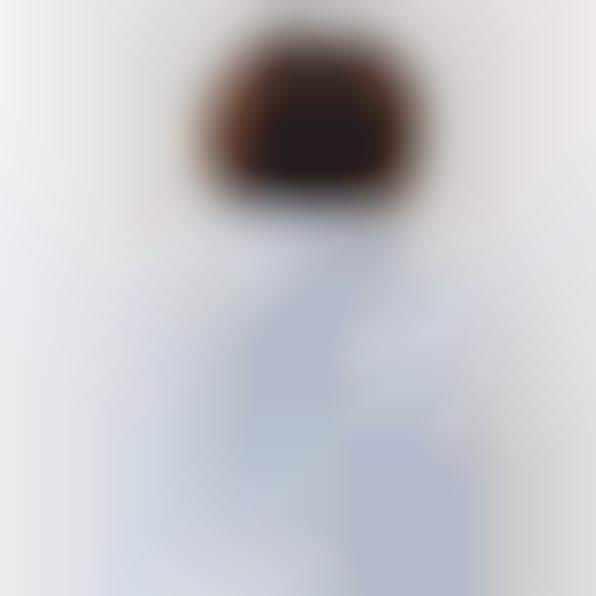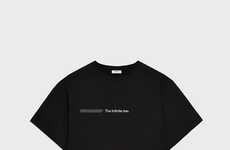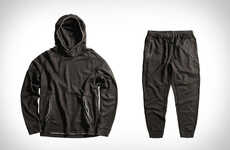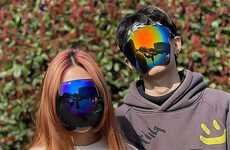
Colorifix Partners With Pangaia to Release Clothes With Lab-Grown Dye
Colin Smith — November 26, 2021 — Eco
References: thepangaia & colorifix
'Colorifix,' a science solutions startup, has discovered an efficient, sustainable method of creating lab-grown dye. Colorifix uses DNA programming on small microbe organisms to instruct them to produce certain types of pigmentation. This process results in natural clothing dye that is made more sustainably than traditional dyes. Additionally, Colorifix stated that it is capable of producing any color of dye that occurs in a natural organism.
To celebrate this scientific advancement, 'Pangaia,' the sustainable clothing company, has released a limited-edition line of lab-dyed pink and blue clothing. The pink and blue colors come from the lab-grown process instructed by the DNA within silk. On top of this, the dyeing process from Colorifix's lab-grown dye is almost twice as quick as a traditional dye while also being cheaper than some of the more expensive dyes available.
Image Credit: Pangaia
To celebrate this scientific advancement, 'Pangaia,' the sustainable clothing company, has released a limited-edition line of lab-dyed pink and blue clothing. The pink and blue colors come from the lab-grown process instructed by the DNA within silk. On top of this, the dyeing process from Colorifix's lab-grown dye is almost twice as quick as a traditional dye while also being cheaper than some of the more expensive dyes available.
Image Credit: Pangaia
Trend Themes
1. Lab-grown Dyes - The sustainable and efficient method of producing lab-grown dyes using DNA programming presents a disruptive innovation opportunity for the textile industry.
2. Biotechnology-based Dyeing - The use of small microbe organisms to instruct the production of natural clothing dye presents a disruption opportunity for the fashion industry that can help in reducing environmental impact.
3. Natural Dye Production - Natural dye production using DNA programming, which can produce any color of dye that occurs in a natural organism, presents a disruptive opportunity for businesses looking to contribute to a more sustainable future.
Industry Implications
1. Textile Industry - The use of lab-grown dyes can help the textile industry reduce its environmental impact while also cutting down on production time and costs.
2. Fashion Industry - The use of biotechnology-based dyeing can help the fashion industry become more sustainable by reducing the negative impact on the environment caused by traditional dyeing methods.
3. Biotechnology Industry - The development of lab-grown dyes using DNA programming represents a significant opportunity for the biotechnology industry to explore more sustainable solutions to traditional methods of dye production.
5.3
Score
Popularity
Activity
Freshness




